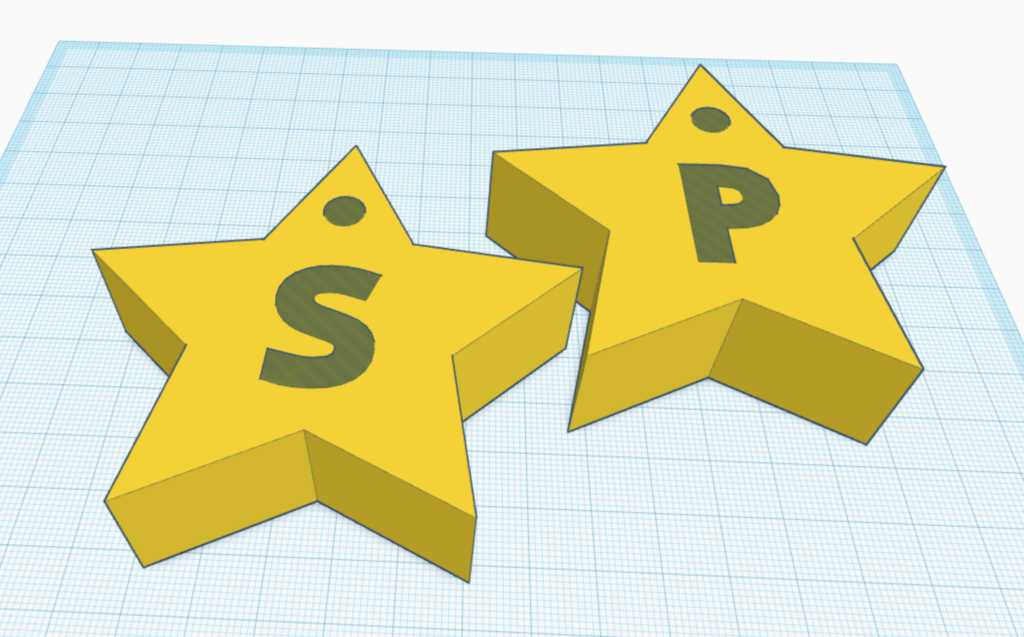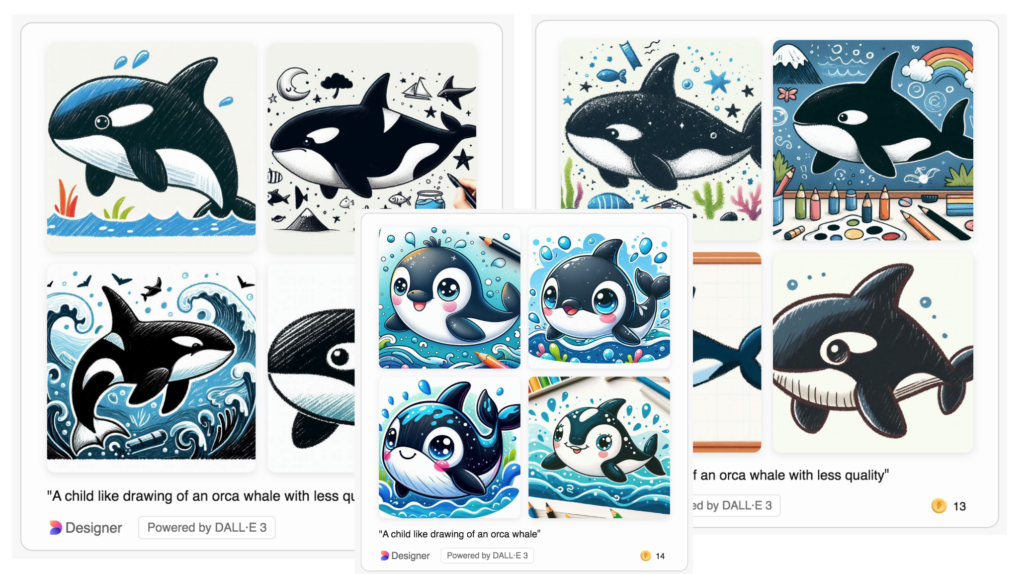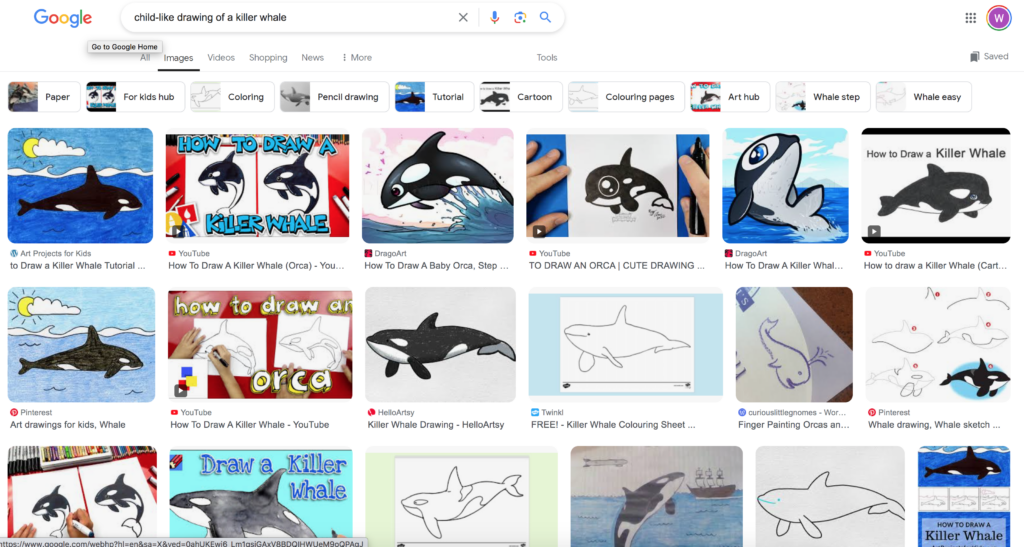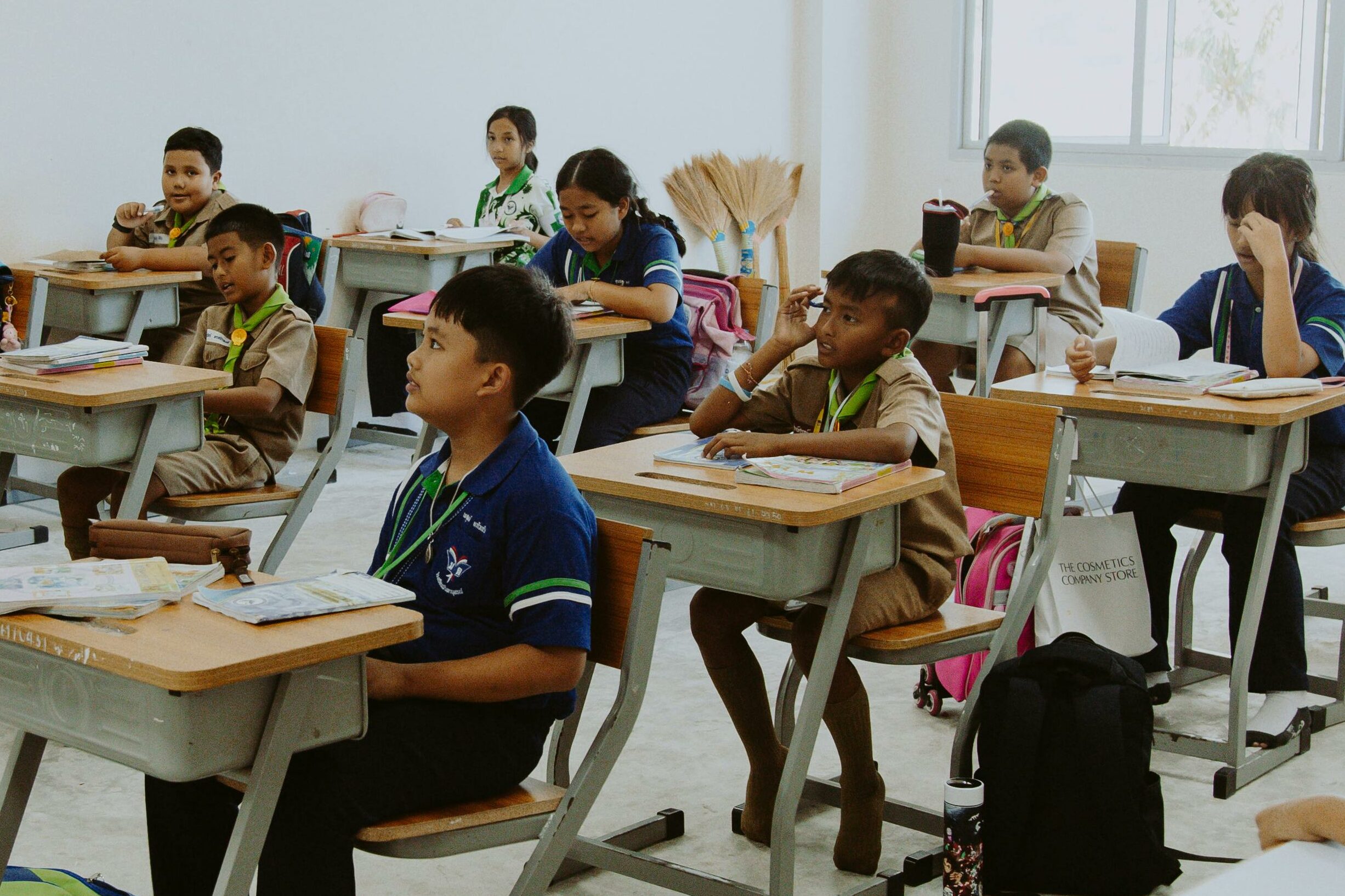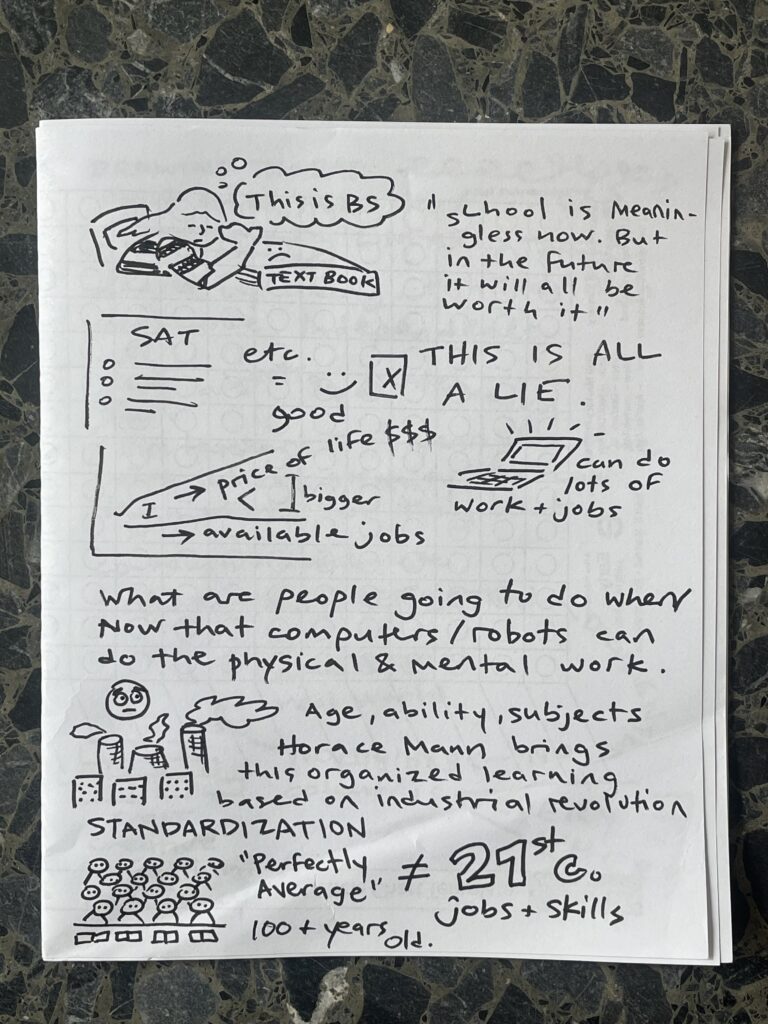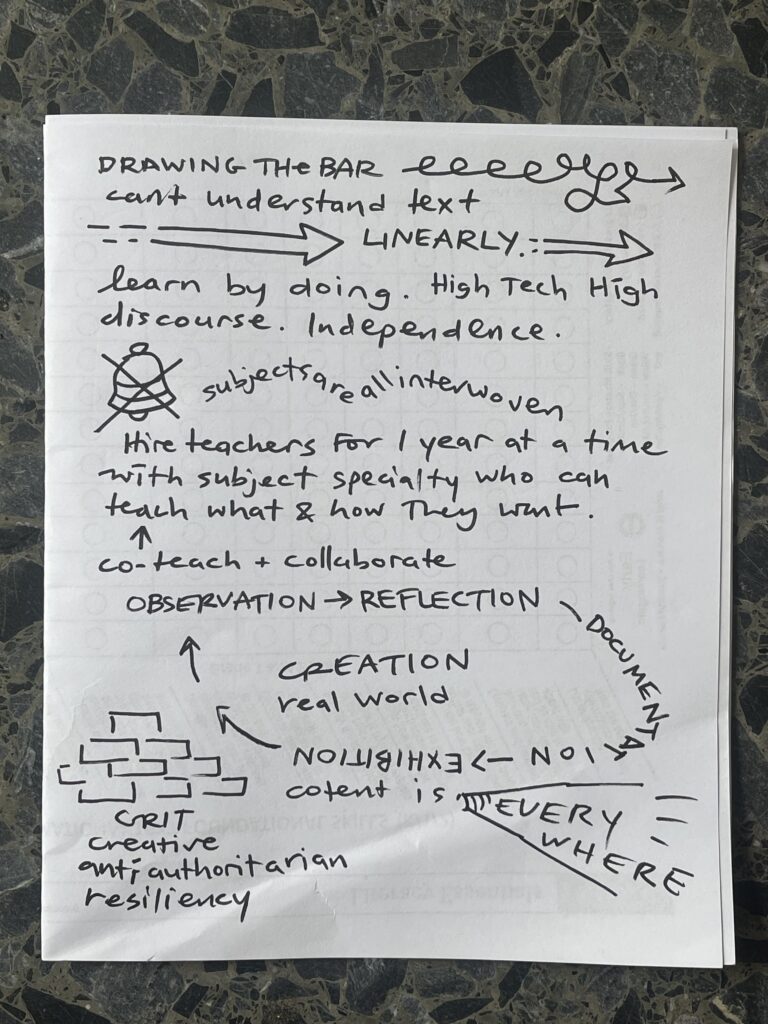Learning about and Teaching Double Dutch
Goal
- Lesson 1. Learners will explore and understand the history, culture, context and process of Double Dutch.
- Lesson 2. Students will think about objects and memory.
- Lesson 3. Learners will be able to turn a rope, jump multiple times by themselves while turning a rope, practice turning with two turners and begin to practice using two ropes
Learning Objectives
By the end of the lesson(s), learners will:
- Be familiar with the history and culture of Double Dutch jumping.
- Reflect on Professor Kyra Gaunt’s idea of “memories in objects”.
- Learn how to turn a rope and jump, with intention to build skills towards jumping Double Dutch.
Prior Knowledge & Learner Profile
- This lesson would be suitable for students in Grade 4-8
- The learners have read books, watched videos and reflected on these stories and resources, so will be familiar with the process in this lesson. Students have also been introduced to jumping rope in PHE this year and in prior years.
- Learners will need to be able to navigate a website and open and download external links.
Delivery
- Explain the purpose and scope of the lesson – learning about culture, history and sport, here Double Dutch.
- Share about me as a Grade 3 kid. I was the reigning champion for the highest number of jumps at my elementary school.
- What do you know about or wonder about Double Dutch?
- Share the Learning about and Teaching Double Dutch website.
- Show the Double Dutch Video here.
- Share the story of Wilfrid Partridge by Mem Fox.
Activity 1
Professor Kyra Gaunt, PhD (interviewed here), talks about “memories in objects.” For her, holding the ends of the ropes triggers memories of jumping Double Dutch as a girl. She says such objects can be things like favorite toys or jewelry, but also books, songs, sounds, or anything that helps us remember significant moments in life.
Listen to the story Wilfrid Gordon McDonald Partridge by Mem Fox.
Think about a “memory object” in your life. What memories does it bring up? What does it mean to you? What feelings does it trigger? Share some ideas with someone and write and/or draw a memory of a “memory object” that brings up feelings here.
Assessment
Students will show engagement and understanding by contributing to a discussion, and recording ideas. (In the subsequent lessons, students will show their learning by following instructions and showing movement skills and agility in jumping rope.)
PHE Curricular Connections and First Peoples Principles of Learning
- persisting in tasks and goals
- movement skills and strategies help us learn how to participate in different types of physical activities and environments
- learning involves patience and time
LA and Social Studies Curricular Connections
- TBD
Resources
https://www.vice.com/en/article/nn974m/double-dutchs-forgotten-hip-hop-origins-456
https://www.britannica.com/topic/double-Dutch-game

